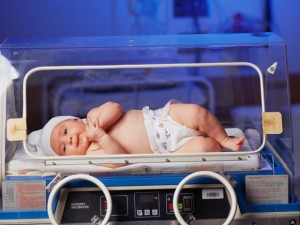Would you change your child if you could? Having a baby is a wonderful miracle; a gift of life to two joyous new parents. But what if this beautiful gift was flawed, had defects, and potentially carried diseases that you have yet to find out about, would you still love them just the way they are? 23andMe is a company, based in California, that just recently received a patent for a calculator that would allow parents to look at what traits their baby would potentially possess, including eye colour and hair type, but it can also look at possible health issues that can affect the baby. The new “Family Traits Inheritance Calculator” allows an individual to submit a saliva sample and then choose traits that they would like to know about for their future child. Then the system compares your DNA with others to determine the best mate that would allow you to fulfill your chosen traits.
By cleverly using the differentiation strategy, 23andMe creates a unique product that appeals to a wide range of people. They effectively used the knowledge that everyone wants a sickness-free, adept baby to create a product that will satisfy this need, but just because this device is available, should it be used? Should parents not accept their offspring for everything that they are and they are going to be?
“A project like this would also be ethically and socially treacherous.” ~Marcy Darnovsky, Executive director of the Center for Genetics and Society
Some may argue that using genetics as a means of altering the structure of an infant, would be completely unethical and just plain wrong. Parents should embrace their children, flaws and all. Others may argue that by ridding them of their diseases and imperfections, you are saving your child from a lifetime of difficulties and emotional scars. Whichever perspective you agree with, the fact that technology has evolved to allow such processes as genetic alteration cannot be denied as truly amazing. By being a leader in the market for this new technology, 23andMe differentiates themselves to be a feasible highly profitable company.
Source:

